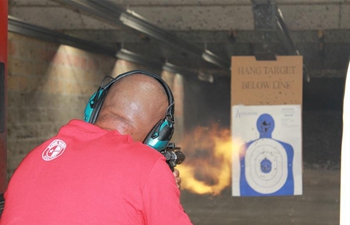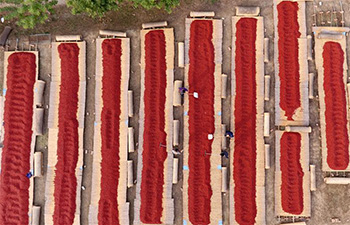LONDON, Nov. 2 (Xinhua) -- Cannibalisation of parts to help keep Britain's warships afloat has doubled in the past 12 years, the National Audit Office (NAO) said Thursday following an investigation.
The NAO launched its probe into equipment cannibalisation in the Royal Navy to discover how often the Ministry of Defense (MOD) authorises the taking of parts needed to repair the navy's ships, submarines and helicopters in operation when no other solution is available.
It concluded in a report that cannibalisation of parts can be effective to meet the Royal Navy's operational needs. but it can increase costs and create disruption.
Across ships and submarines, equipment cannibalisation has increased 49 percent in the last five years, with a total of 3,230 instances involving 6,378 parts cannibalised, said NAO.
The report showed that in the past year there were 795 instances of equipment cannibalisation. This equates to 66 instances a month, compared to 30 a month in 2005.
Since 2004 the Royal Navy has reduced its fleet of ships and submarines by 31 percent from 127 to 87, meaning that a higher proportion needs to be deployed, or ready to deploy, at any one time in order to meet defense requirements.
The report shows that 40 percent of ships and submarines receiving cannibalised parts needed them so they could be ready for operations or training.
The NAO said: "Equipment cannibalisation can be necessary, but should only happen when no other solution is available."
It added that the need for equipment cannibalisation was exacerbated by both a lack of information about when parts would be delivered, and delays in receiving parts on time.
The report added that the MOD does not routinely monitor the use, causes and impact of equipment cannibalisation across the Royal Navy.
It also said the 2017 Navy risk register identified a lack of spare parts as a risk to operational capability given its demoralising effect on personnel.
"There is no overall accountability for managing equipment cannibalisation across the Navy or routine data collection or analysis assessing why equipment cannibalisation occurs or its impact. This information gap makes it difficult to determine when equipment cannibalisation is becoming more routine, its underlying causes, and the trade-offs between cost savings and equipment cannibalisation," the investigation concluded.

















